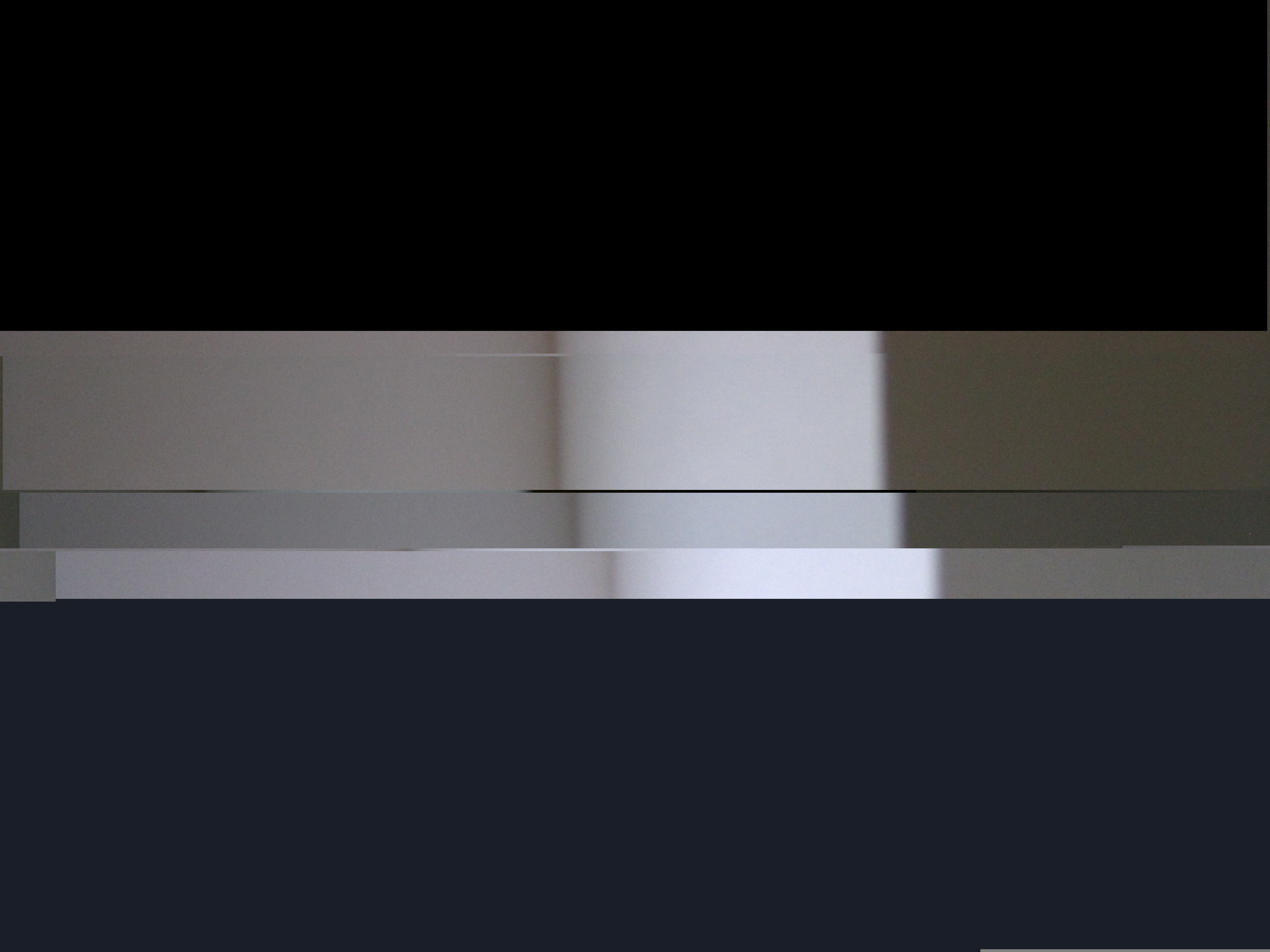

Gallery
Art Video | Photography
Objects
Exhibition installations
Exhibition dates
Texts
Biography
Contact / Links
Print editions
Earlier works 1977-1987
Painting with Numbers
[Translation of a Text by Hanne Weskott]
Painting by numbers has gone out of fashion. In any case it restricts creativity enormously. After all, art is free and artists are only accountable to themselves. They are free to develop their creative powers without limitations. But in this sea of pictures and colors, there is a danger of going under. Artists therefore also search for a leitmotif in the labyrinth of creative possibilities. They create structures to give their work a distinctive character. For since art is free, it suffers from the compulsion to be innovative. But how can one create something new when art always concerns art and is therefore always confined to a closed system? Either one reduces the diversity of images to the essentials to the point of pure abstraction or one breaks through existing boundaries like DADA and surrealism or one takes the essential elements of existing art as a starting point for developing a new system, which directly leads to the referential art of today. But there is yet another way. This is the way of concrete art. For if art necessarily always concerns art, it can just as well reflect on its own means and eliminate everything that is alien to art, and therefore simply forget all the meanings and contents that are superimposed on it. Thus, a value is attached to a color in and of itself without any symbolic or allergorical meaning. And a form no longer describes a thing; a square is a square and a line a line. The background too does not become an illusionistic space, but rather remains the surface on which the colors and forms develop. However, this revolutionary approach went the same way as all other aging revolutions over the years: Breaking out of the system inevitably led to a new system and therefore again to a closed circle. The new was ultimately still only a pale imitation of the old and mutated into a mere variation. To escape this cycle, artists have invented other methods again and again. Some utilize pure chance, others like Eva Bauer purposefully confront themselves with tasks in order to combat their own capriciousness with rigorous structures.
After a long artistic pause Eva Bauer started with numbers, which she uses as mere forms. She therefore does with numbers what Concrete Art has done with color and form: she negates any kind of meaning. The numbers can appear as positive or negative symbols, be repeated twice in a painting and form a new shape simply by changing their orientations and then unite with one another into a coherent whole. The astonishing thing about this playing with numbers is the incredible diversity that emerges, and also how convincingly this liberation of numbers from their meaning succeeds. One no longer perceives them as symbols for a certain quantity, but rather as pure structure in the initially white surface. This impression is further intensified in the hidden numbers series, since here the numbers are more or less covered by a grid of white bars. Thus, a lying eight is only vaguely perceived in gently curved, orange-colored fragments against a pink background. Compared with the extremely subdued white, the combination of orange and pink appears garishly vivid. Color is also utilized in all of its glowing facets in the pixel numbers series. Here again, the numbers determine the surface structure, though they are only set off as omissions; that is to say that the pixels, the points in the picture, don't form the number, but rather occupy the margins. And here again, a useful system is not only employed for another purpose, but rather as the structural foundation of a picture that is free from any functional connection. The pictures created in this way seem to be in the process of disappearing. Their presence is fragile because the colored elements in the picture seem to evade the middle.
A new visual element comes into the work of Eva Bauer via the use of bar codes, this system of stripes that has determined and pervaded our daily life like hardly anything else. Hidden in the bar code is information about our world of goods. But this is irrelevant for Eva Bauer's art. She uses this ubiquitous stripe system as a means of rhythmically structuring a two-color surface. The currently preferred color is orange; orange stripes on a white ground or white on an orange ground, sometimes wider, sometimes narrower, sometimes running all the way through, sometimes ending in the picture, always arranged systematically, never purely arbitrary. The result: seemingly overlapping picture halves and the suggestion of three-dimensionality. The stripes are also well-suited for paintings on three-dimensional objects like cubes where they run uninterrupted over the edges. There is also nothing to prevent a combination with numbers via omission or painting over. In this way, Eva Bauer expands her original minimalistic system and structures it more and more complexly. But it remains clear and controllable by the artist. She holds the reins of her work firmly in her hands. After all, one of the definitions of art is that it serves only one purpose - to order the chaos of life. Or in other words: if the world was clear, it wouldn't need art.
Hanne Weskott
Art historian